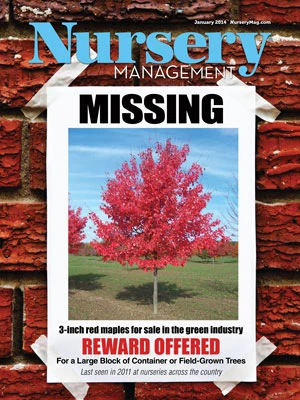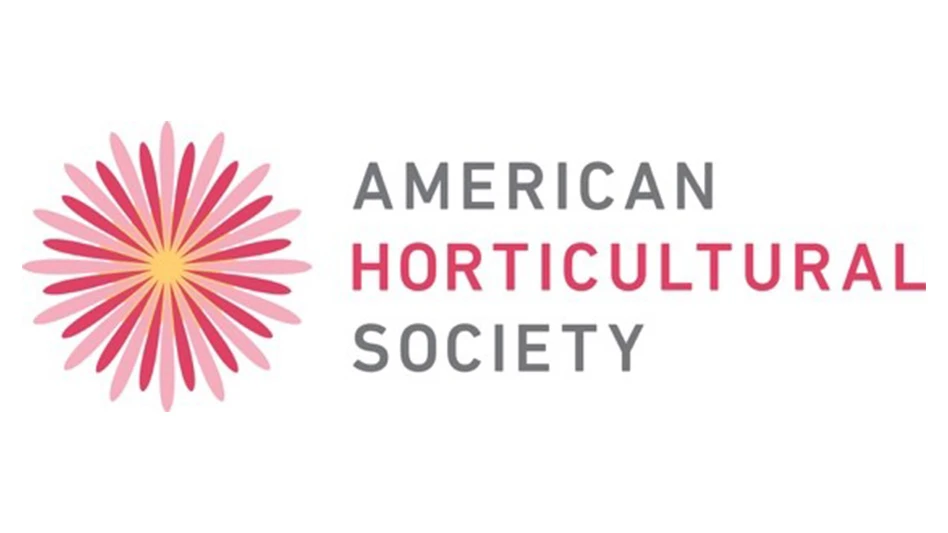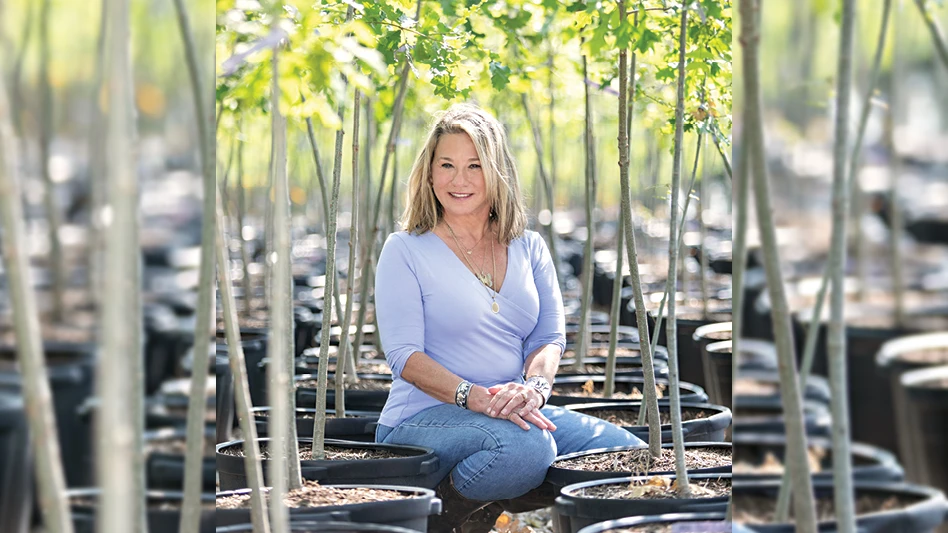
 Seasons of recession, drought and pest infestations sound like something out of a novel, but it has been the nursery industry’s reality for too long. While the market is on the upswing, these factors have caused a tree shortage that have some in the supply chain scrambling for product.
Seasons of recession, drought and pest infestations sound like something out of a novel, but it has been the nursery industry’s reality for too long. While the market is on the upswing, these factors have caused a tree shortage that have some in the supply chain scrambling for product.
Whether you’re a grower, a retailer or in the landscape trade, you’ll be hard-pressed to find certain trees in the 2- to 3-inch category this spring and beyond. The bread-and-butter selections such as red maple, zelkova and pin oak make up a large portion of the shortages.
“Two-inch caliper tree inventory has tightened up a fair amount,” said Mike Pezzillo, national nursery manager at McHutchison, a horticultural distribution company. “Some Acer rubrum cultivars are becoming harder to find. Betula nigra clumps have become much tougher to procure. Inventory of cherries, pin oaks and zelkova has gotten very tight in 2-inch caliper.”
To some extent, the shortages vary from grower to grower, but there’s much more variation from region to region, Pezzillo added.
“Different regions have different shortages, though they also share some common shortages. Overall, we’re seeing greater shortages with Tennessee growers as opposed to northern growers in Ohio, Pennsylvania, New York and New Jersey. The shortages on the West Coast, specifically the Pacific Northwest, have become more prominent.”
West Coast stats
John L. Lewis is president of JLPN Inc., a seedling grower in Salem Ore. Lewis has noticed much of the same in terms of variety shortages.
“The glut of the Acer rubrum market is finally flushed out, pushed out or burnt up. We are seeing strong demand in many of the red maple cultivars,” Lewis said. “Growers are reporting shortages in whips, branched and two-year 1¼-inch trees. I see the shortages persisting for at least four to five years, based on how long it takes to get the demand and the number of years it takes to produce a 1¼-inch tree from the start.”
Lewis said birch, flowering cherry, linden, locust and zelkova that were over-produced 10 years ago are now hard to get.
“We have seen a sharp increase in these products due to shortages in the 5- to 6-foot branched to 1¼-inch size. I think the shortages could last for at least four to five years with these varieties, too,” he added.
JLPN’s production of Acer palmatum is down 90 percent from all-time highs, he said. “There are still some decent amounts of larger material of Acer palmatum available, but there is very little small material coming up through the pipeline. The market is due for some rebounding. Once demand picks up, the shortages will be extreme,” Lewis said.
Lewis’ approach to selling is to encourage growers to select based on what they can sell, not what the market is long or short on, he said.
“We have varieties that are technically ‘flooded’ on the market, yet we still produce very high volumes at rock-solid prices. Even if demand is low on certain species, value-added product still sells,” he said.
 Smart business
Smart business
When nursery businesses started folding, it obviously created a void in the market. These tree shortages are more of a supply issue, not because of increased demand. But there’s a silver lining – the potential of increased prices.
“I hope these shortages will push up prices and the market goes back to people making money again,” said Mark West, managing partner at Cedar Valley Nurseries in Ada, Okla.
McHutchison’s Pezzillo said growers will have to deliver a high-quality product with prices going up.
“With the enormous discounting days in the rearview mirror, customers want to get the best product if they’re going to pay higher prices,” he added.
New nurseries are not coming into the market and current businesses are making careful business decisions to avoid another glut of trees.
“Credit still remains tight for many nurseries and cash flow is tight for some. There’s no inclination to get aggressive at this point,” West said.
Just like the other observers, West is seeing shortages in 2- and 3-inch material. In his region the market is short on red maple, willow oak, live oak, Shumard oak and Thuja ‘Green Giant.’
Christopher Uhland, CEO of Harmony Hill Nursery in Downingtown, Penn., was able to prepare for the shortages.
“I could see what was coming, so we were able to line out container material we normally reserve for the spring. By mid-July I had my bare root orders placed and was able to get most of what I needed for spring 2014,” Uhland said. “But I saw bare root inventories shrink fast when trying to do some late fall additions. Heading into the winter trade show season, I am placing spring 2015 orders to ensure I get what I need.”
Uhland’s liner vendors are telling him that inventories are going to remain low for at least one to three years, “which will not allow growers to over-produce immediately,” he added.
Supply-chain logistics
To avoid problems with shortages in the future, members of the landscape industry can hire a nursery as a contract grower, West said.
“Contractors or designers need to think about woody plant material as contract-grown material. Strike a three- or four-year contract for some plants,” he said.
Pezzillo stressed that landscape companies need to order early.
“If you don’t have your product booked then you should be prepared to accept substitutions come spring, summer and fall,” he said. “It remains to be seen just how creative landscape contractors and designers will have to get in choosing substitutions, but that point in time is coming soon.”

Explore the January 2014 Issue
Check out more from this issue and find your next story to read.
Latest from Nursery Management
- Ellen Mackenbach-Lakeman appointed new CEO of Dümmen Orange
- Southern Garden Tour sets 2025 dates for trial garden open houses
- New book explores plants that thrive in Rocky Mountains
- American Floral Endowment establishes Herman Meinders Memorial Tribute
- These companies are utilizing plastic alternatives to reduce horticultural waste
- NewGen Boxwood added to Proven Winners ColorChoice line
- Terra Nova releases new echinacea variety, 'Fringe Festival'
- American Horticultural Society names winners of 2025 AHS Book Awards





